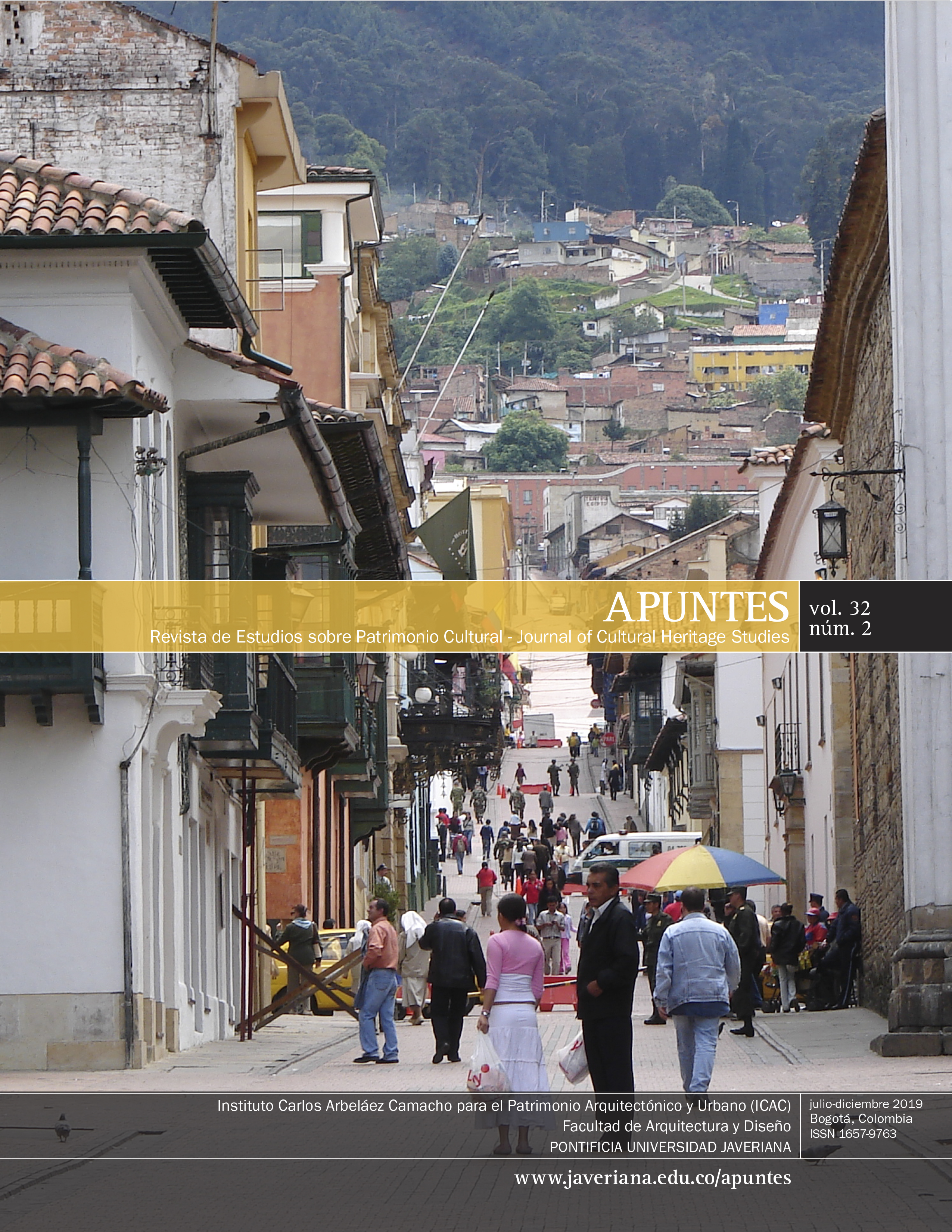Resumen
El desarrollo de la indeterminación funcional en la arquitectura del siglo XX tiene una referencia constante, aunque no siempre asumida, en el edificio de oficinas, el tipo menos definido funcionalmente. Mientras Louis Sullivan redactaba la célebre frase form follows function —estandarte del funcionalismo determinista—, se dedicaba a desarrollar, al mismo tiempo, las plantas más libres que se hubieran construido hasta el momento. En el edificio de oficinas la forma no puede seguir a la función, porque la misma resulta prescindible; al mismo tiempo, la función solo puede ser fruto de la forma, en cuanto se considere a esta última como contenedora vacía y carente de cualquier especificidad funcional. La aparición del edificio de oficinas provocó un sismo en el pensamiento arquitectónico de fines de siglo XIX y principios del XX; las lecturas sobre el mismo permitieron nuevas herramientas para operar en otros programas, primero de la mano de Mies van der Rohe, quien incorporó el espacio etéreo y carente de cualquier definición en la mayor parte de los programas en los que trabajó, después de su experimental proyecto para el rascacielos al inicio de su carrera. Décadas más tarde, Rem Koolhaas, con el despacho Office for Metropolitan Architecture, volvió a poner la mirada en la libertad de las plantas de oficinas de Chicago, reinterpretándolas en varios de sus proyectos de fines de los ochenta. El paradigma del edificio de oficinas radica en que, habiéndose colocado como modelo de inspiración de la indeterminación funcional en la arquitectura del siglo veinte, sigue manteniendo su programa vigente en la actualidad.
Blundell Jones, P. (1999). Hugo Häring. Londres: Axel Menges.
Condit, C. W. (1964). The Chicago School of Architecture: A History of Commercial and Public Building in the Chicago Area, 1875-1925. Chicago: The University of Chicago Press.
Ferrari, L. (2002). The architecture of madness. Colchester: University of Essex.
Glimcher, A. B. (2012). Agnes Martin: Paintings, writings, remembrances. Nueva York: Phaidon.
Hysom, J., y Crawford, P. (1997). The Evolution of Office Building Research. Journal of Real Estate Literature, 5(2), 145-157.
Koolhaas, R. (1995). Typical Plan. En R. Koolhaas, y B. Mau (eds.), S, M, L, XL (pp. 334-353). Nueva York: The Monacelli Press.
Koolhaas, R., y Mau, B. (eds.). (1995). S, M, L, XL. Nueva York: The Monacelli Press.
Krauss, R. (1979). Grids. October, 9, 51-64.
Mies, L. (1995a). Edificio de oficinas. En F. Neumeyer, y J. Siguan (eds.), Mies Van Der Ro-he: La Palabra Sin Artificio. Reflexiones Sobre Arquitectura, 1922-1968 (p. 363). Ma-drid: El Croquis Editorial.
Mies, L. (1995b) Espacio para desarrollar el espíritu. En F. Neumeyer, y J. Siguan (eds.), Mies Van Der Rohe: La Palabra Sin Artificio. Reflexiones Sobre Arquitectura, 1922-1968 (p. 365). Madrid: El Croquis Editorial.
Mies, L. (1995c). Rascacielos. En F. Neumeyer, y J. Siguan (eds.), Mies Van Der Rohe: La Palabra Sin Artificio. Reflexiones Sobre Arquitectura, 1922-1968 (p. 362). Madrid: El Croquis Editorial.
Mies, L., y Drexler, A. (eds.) (1986). The Mies van der Rohe archive. Part 1, 1910-1937. Nueva York: Garland.
Rossi, A., Ferrer-Ferrer, J. M., Tarragó, S., Romaguera I Ramió, J., y Güell, X. (1982). La Arquitectura De La Ciudad. Barcelona: Gustavo Gili.
Rowe, C. (1999). La estructura de Chicago. En Manierismo Y Arquitectura Moderna Y Otros Escritos (pp. 137-148). Barcelona: Gustavo Gili.
Siry, J. (1988). Carson Pirie Scott. Louis Sullivan and the department store. Chicago: The University of Chicago Press.
Sullivan, L. (1896). The Tall Office Building Artistically Considered. Lippincott’s Magazine, 57(3), 403-409.
Wright, F. (2005). In the cause of architecture. En R. McCarter (ed.), On and by Frank Lloyd Wright. A Primer of Architectural Principles. Londres: Phaidon.

Esta obra está bajo una licencia internacional Creative Commons Atribución 4.0.
Derechos de autor 2021 Damián Plouganou



